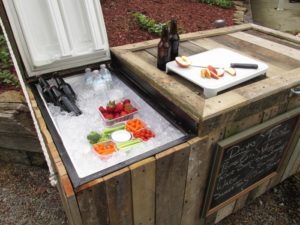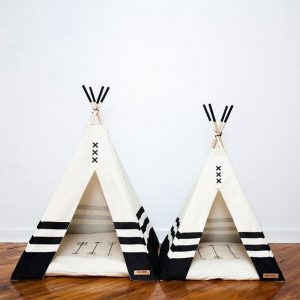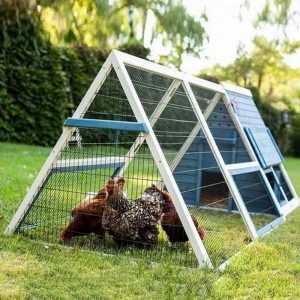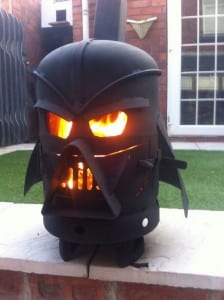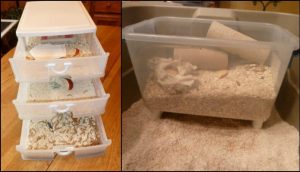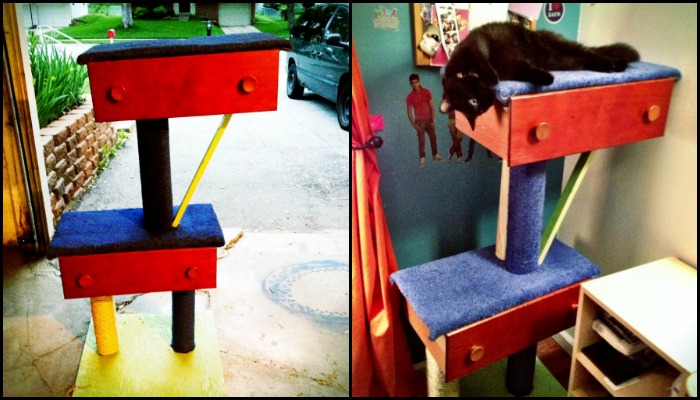
Cats are natural climbers and they love heights. They are able to climb cat trees and other structures with ease, and often enjoy spending time up high. This behaviour is instinctive for cats and helps them to escape predators or find a good vantage point.
Cats are agile creatures that are equipped with sharp claws and flexible bodies that make climbing easy for them. When cats are up high, they can survey their surroundings and spot potential threats or prey from a distance. This behaviour is instinctive and helps keep cats safe from harm.
If you have cats at home, you might need to have a cat tree! Cat trees provide cats with a place to scratch, climb, and sleep, which can help keep your furniture and carpets safe from damage. Plus, they’re simply fun for cats to play on!
But why buy an expensive cat tree from the store when you can easily build one for a song? Building a cat tree is a relatively simple process that anyone can do with a little time and effort. Plus, it’s a great way to save money!
All you need is some basic carpentry skills and some sturdy materials, and you’ll be well on your way to creating a cat tree that your feline friend will love. You can even use old drawers to make your DIY cat tree! It’s simple, fast, easy and clever!
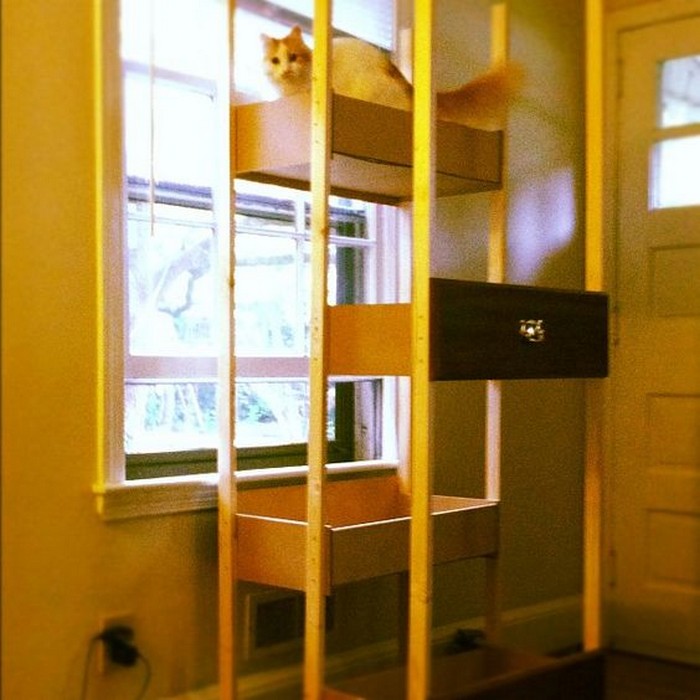
There are plenty of old drawers out there – from your local thrift stores, garage sales, or even just from the streets! You can get as many as you want to make your cat tower as tall as you want, without having to spend a lot. You can also use other reclaimed materials such as table legs to save even more money. With a little bit of creativity, you can easily turn these old drawers into a fun and functional cat tower that your feline friend will love!
When it comes to finding an inexpensive cat tower solution, we love that this idea is also very unique. There is no specific step-by-step process, no single set of measurements, and no particular finished product. When it comes to building a cat tower, the sky is the limit!
You can attach the drawers directly to your walls for a sleek and modern look, or create a platform using the drawers and some upcycled timber as legs for a more rustic aesthetic. No matter what style you choose, your kitty is sure to love its new perch.
This allows everyone to customize their own cat tower to fit their home and their cat’s specific needs. Plus, it’s a fun project to take on and it’s always satisfying to see your cat enjoy the fruits of your labour!
If you’re on the hunt for some cat tree inspiration, look no further than our handy album below. Whether your cat needs a place to perch, scratch or simply lounge, a cat tree is a great addition to any home. So, what are you waiting for? Start browsing and find the perfect cat tree for your feline friend!
You can also use the step-by-step tutorial linked below as a guide to building your DIY cat tree 🙂
You’ll need these materials:
- Old Drawers
- Plywood
- Timber Posts
- Manilla Rope
- Carpet
- Wood Glue
- Paint (optional)
And these tools:
- Measuring Tape
- Nail Gun
- Drill
- Saw
Click on any image to start the lightbox display. Use your Esc key to close the lightbox. ![]()
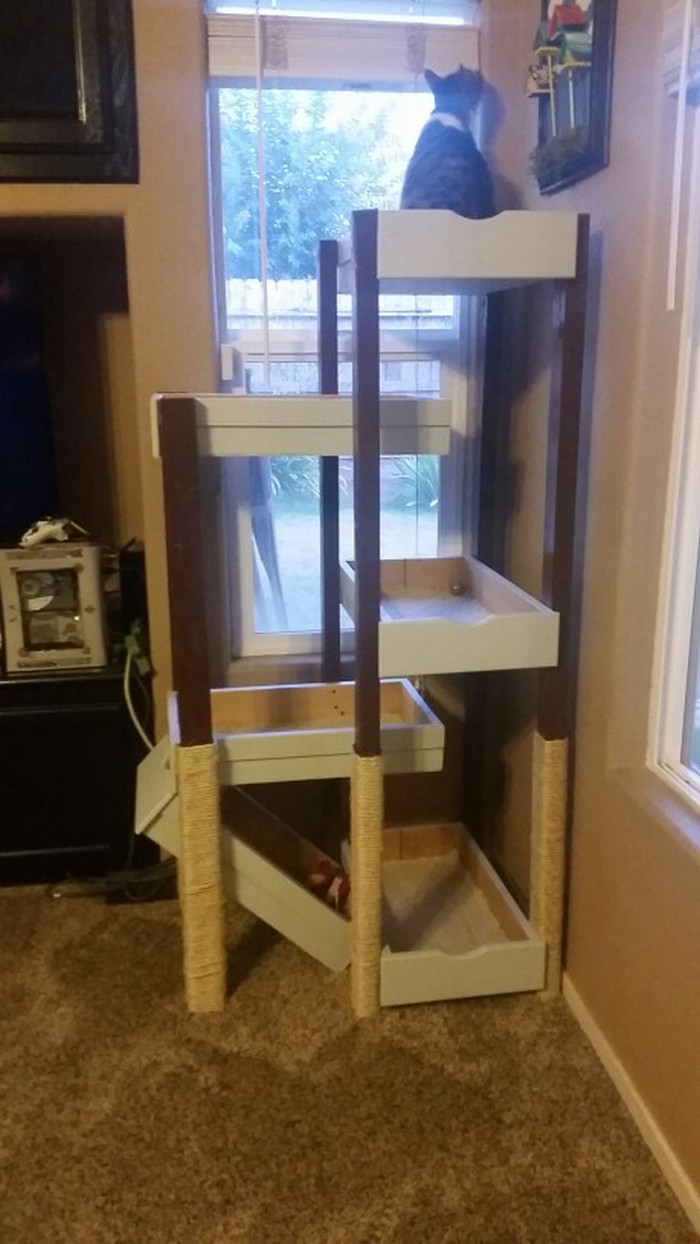
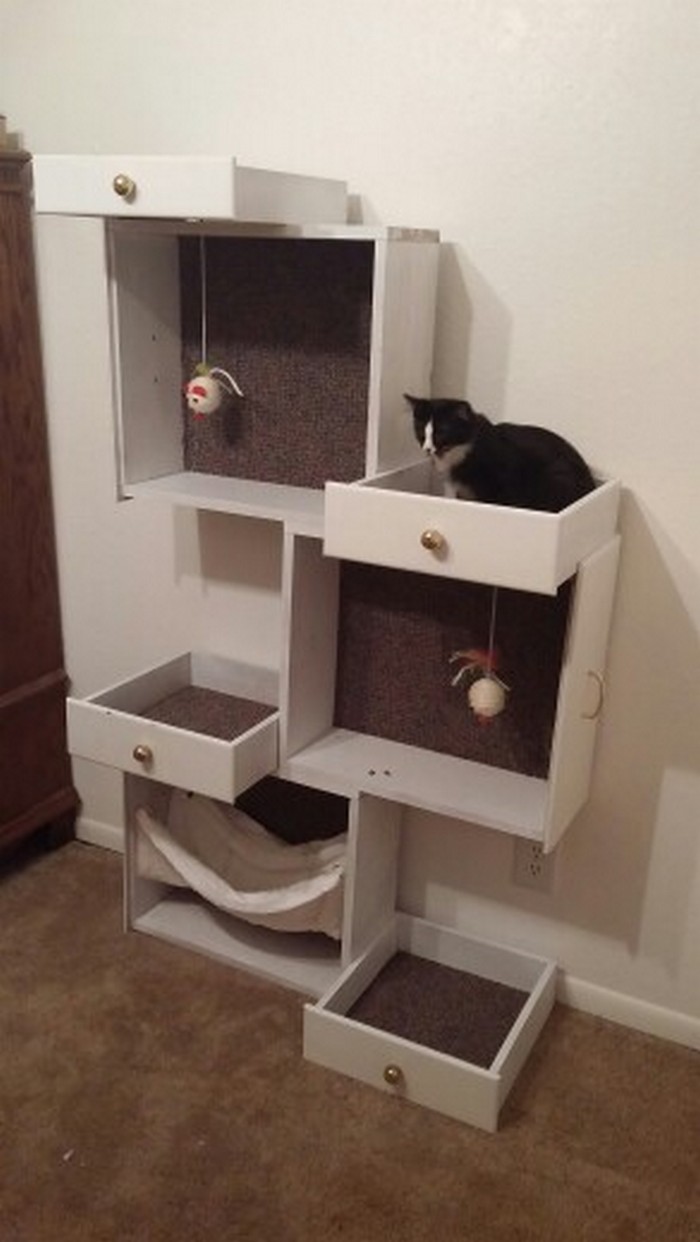
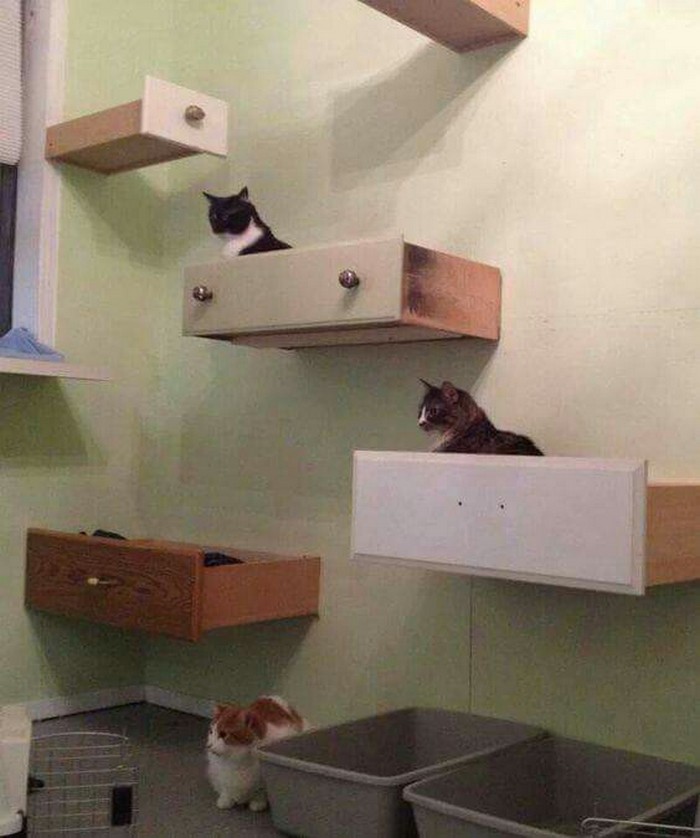
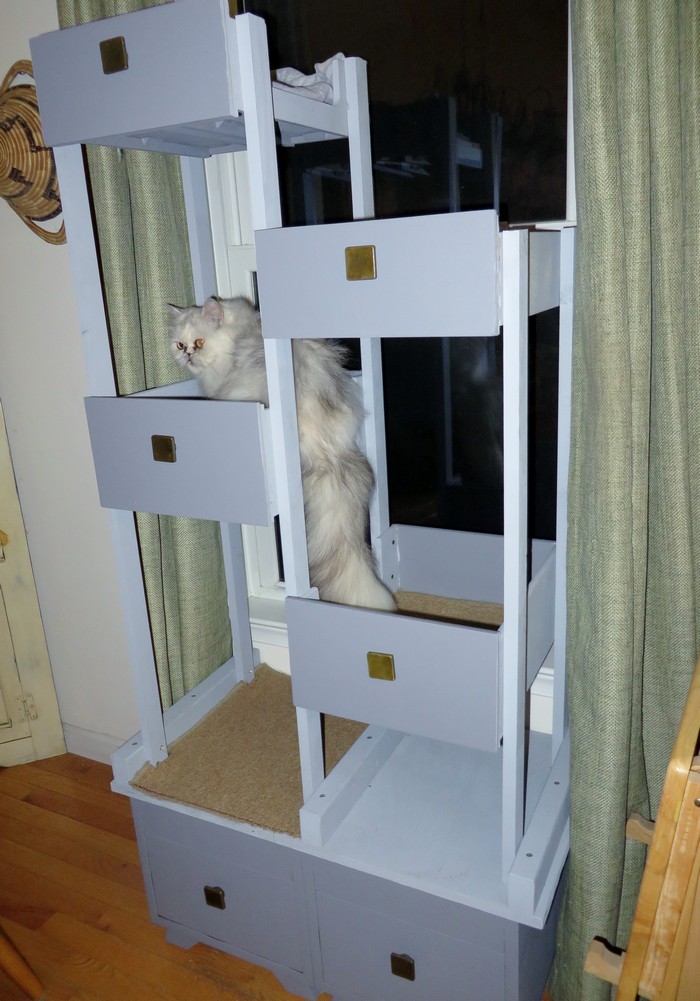
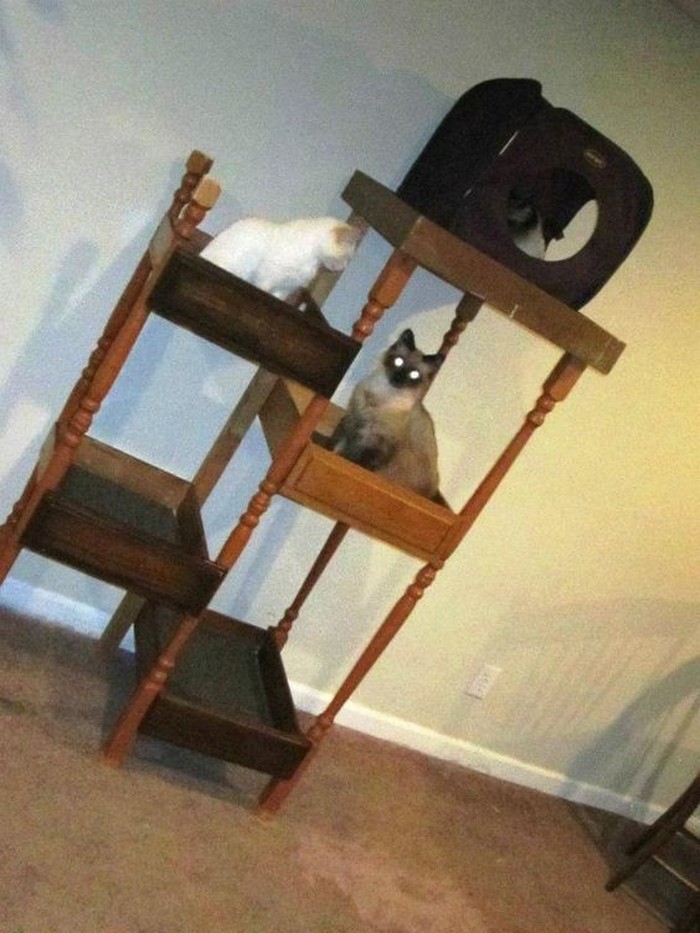
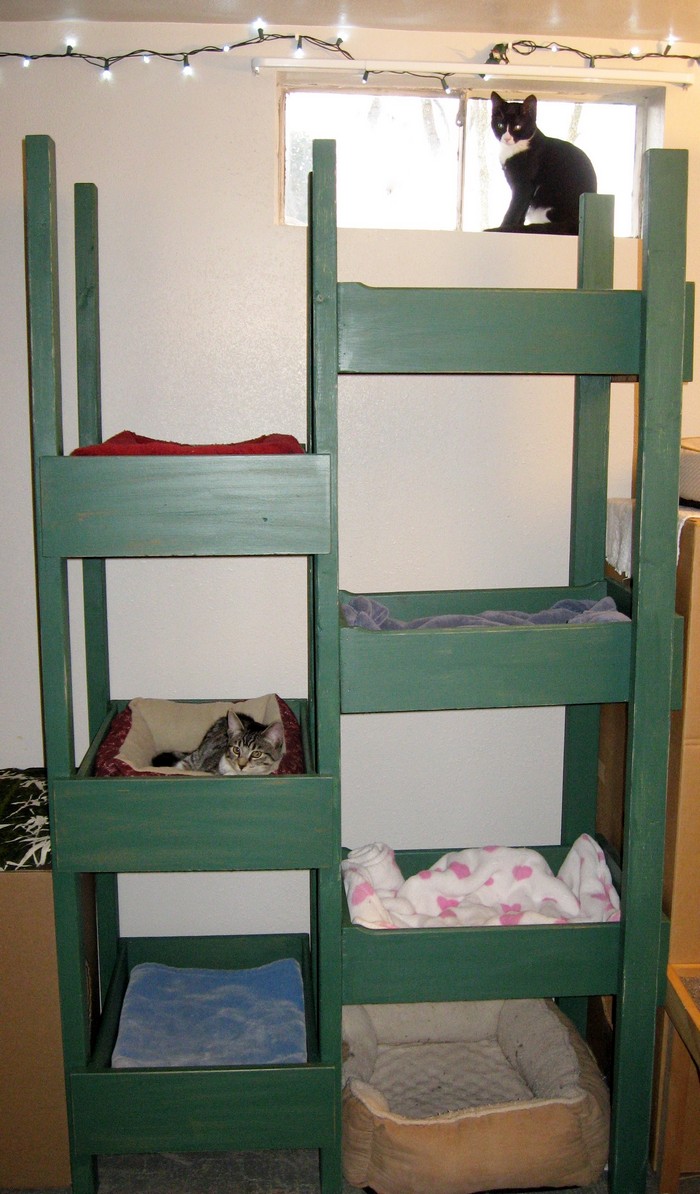

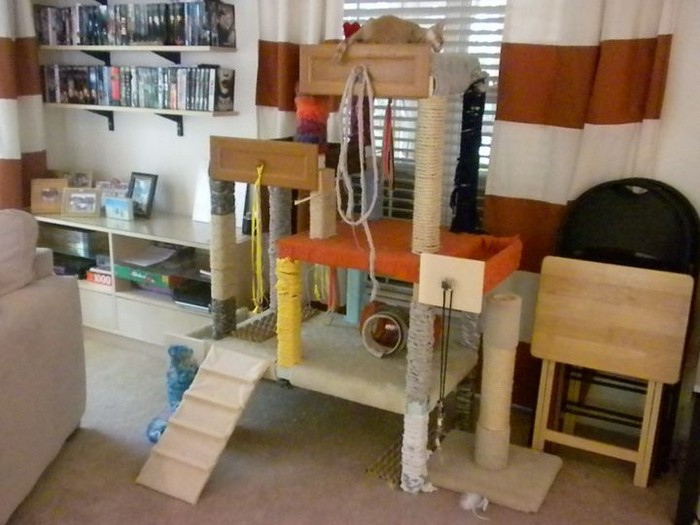
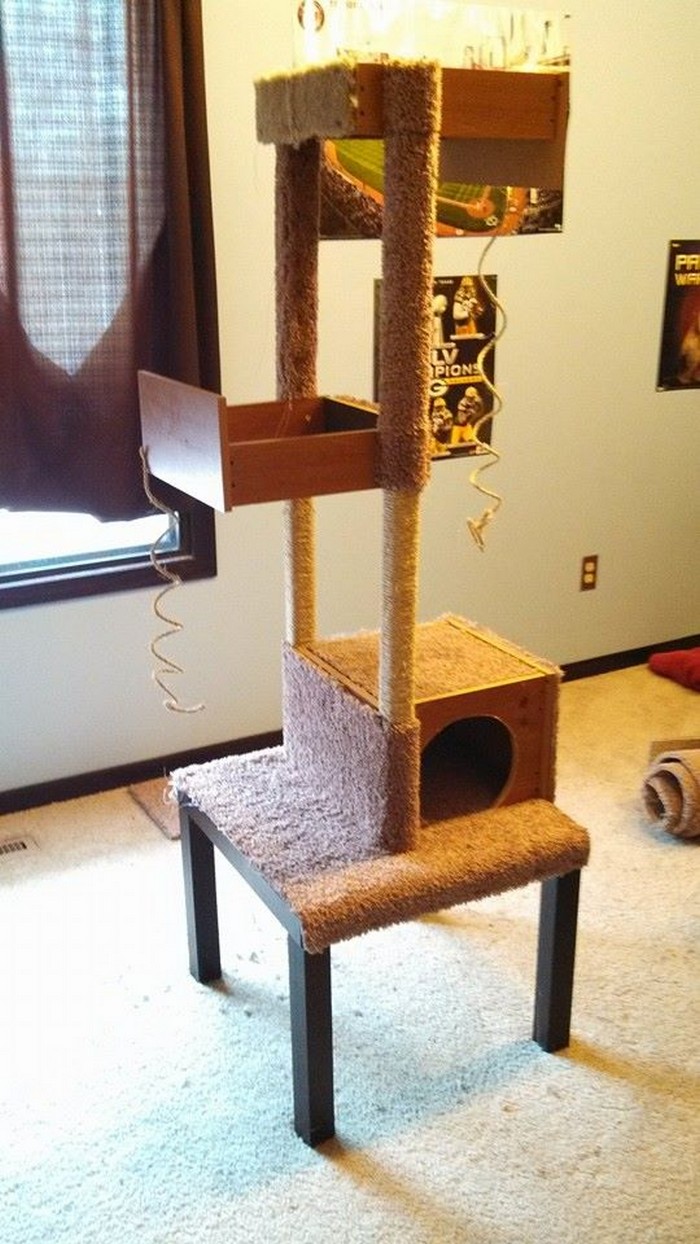
Well, would you like to have a cat tower for your beloved kitty? You can get a step-by-step tutorial here!

